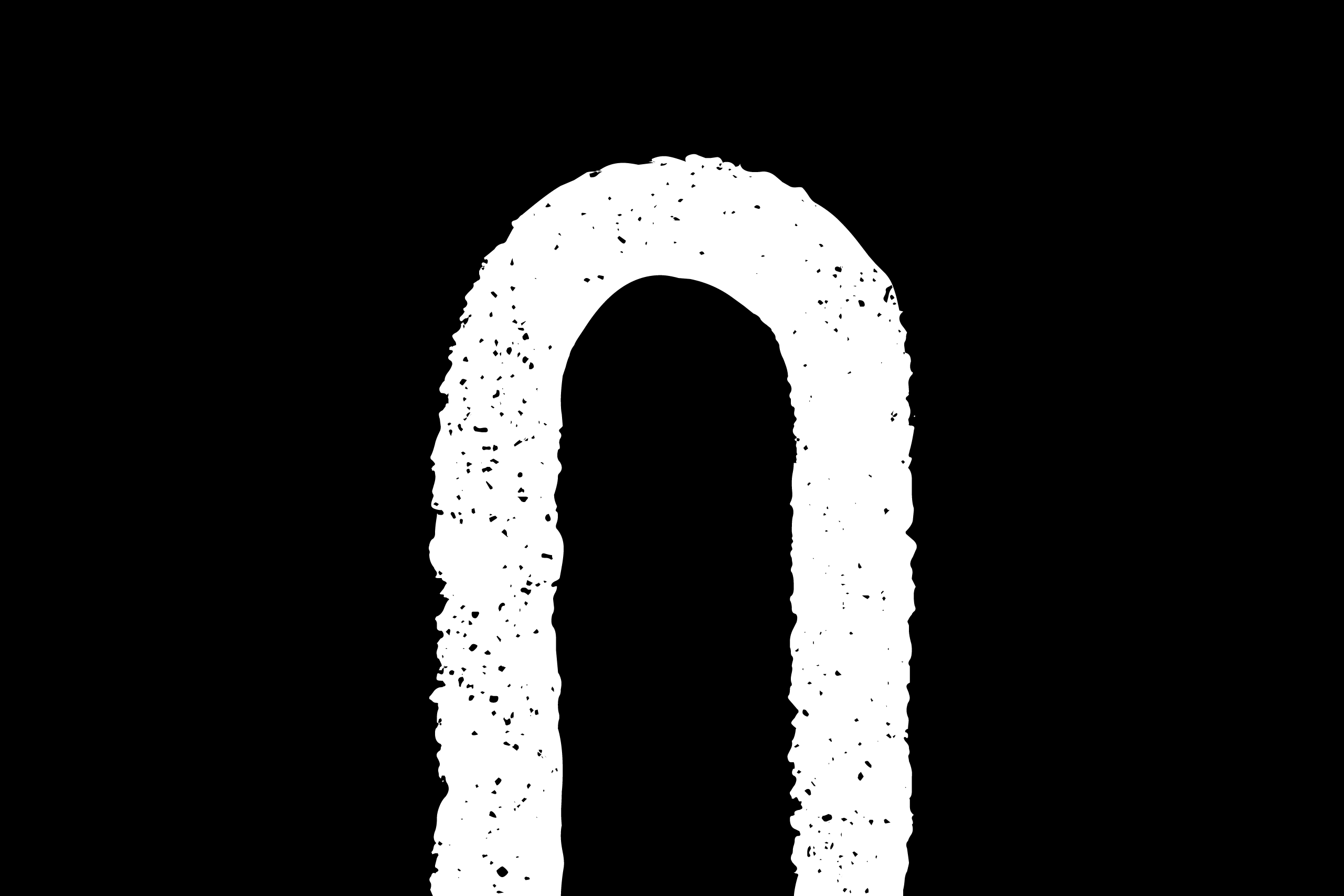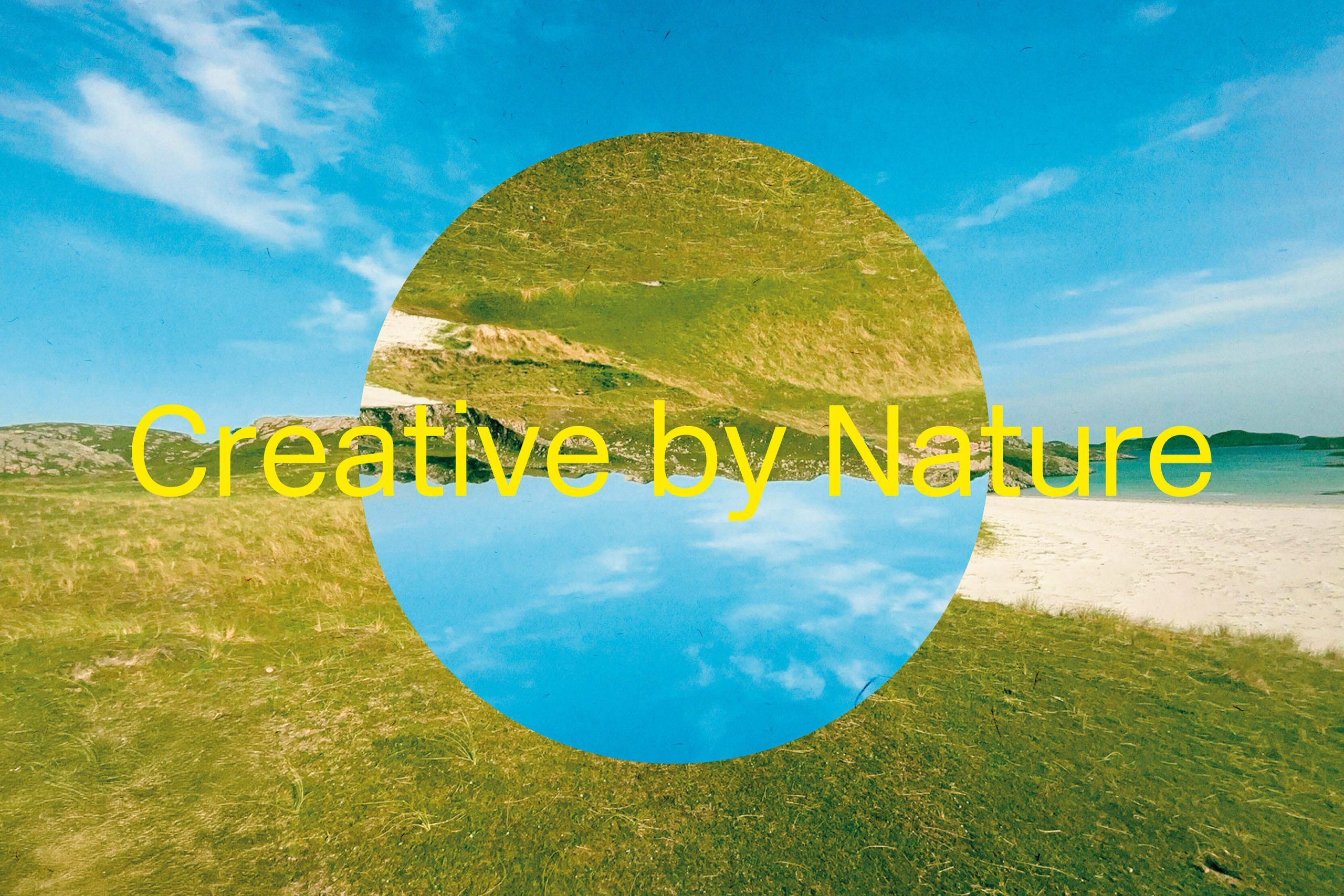Future Now – Design, Tech and What’s Next

What is the shape of design in the future, and how does technology affect creative practice?

Our studio O Street is about a decade old and came of age during the tech boom. We’ve gone from analogue art-school punks to working with some of the most successful tech companies and leading strategists in the world. So how did we do it, and what’s next?
A Young Industry
The design business model is very young — taking its first steps—and seems to be based on older models of business. The big shots have been those who can scale up to a very large size and take all the cool work, while smaller companies fight over their scraps.
Things are changing, though.
About 15 years ago I worked at one such giant agency in London we noticed that the bigger clients were starting to see the value in working with smaller creative agencies. Maybe they recognised that smaller core teams of quality creatives could develop ideas just as well as the bigger agencies—and for a lot less money when you discounted middle men and overheads.
This was our inspiration when we founded O Street as a lean, designer-led studio. We’ve had our fair share of challenges and rubbish clients, but have also worked on some amazing, globally significant projects.

Designers and design approaches have a unique value; one that can be tapped into with a lot less politics and hassle.
Not only that, but designers are increasingly going on to be major players: “36% of the top VC-backed start-ups have designer co-founders”, says John Maeda, the former head of Rhode Island School of Design. He also says,“21% of the so-called global Unicorn start-ups have co-founders who have embraced design or come from a design, arts or human centred background”.
Learning on the Fly

As I mentioned, we at O Street weren’t digital natives, but we are humans. And we learned to navigate the digital landscape in the same way humans learn everything: play. We developed a few apps for clients, including a nifty app to flick traffic cones on a statue of the Duke of Wellington, and a self-initiated app called Vapp. As for Vapp it was ‘fail fast’ in action—tens of thousands in downloads but no pay checks to show for it.

Following our foray into the world of apps, I started trying to better understand the business models behind innovative technologies.
After a few discussions with businesses in rural Scotland, we realised that one of the real barriers to digital innovation was a lack of understanding of its true value. We worked with Imperial College London develop a new language, a visual language, with Digital Disruptors, an open source icon set that could be used by anyone to easily explain complex new business models.
![]()
Art and creativity is not just about improving businesses. It’s also about improving people’s cultural lives. This was our focus with another project we worked on in 2014 to run alongside the Commonwealth Games in Glasgow.
Panel (a Glasgow-based curatorial practice) curated a selection of souvenirs made by producers, fabricators and developers across Scotland, and we worked on one called ‘Great Circle’.
The Future
So that’s our story so far, but how do we prepare for the future? Well, first off, we ask. Here’s a few nuggets of insight from some of our clients and colleagues, who are each leading the way in the future of tech:
“On-Demand (Uber, Netflix, Spotify) will transfer to everything.” Keith Jopling, Spotify
“What do we do with Data? Data isn’t going to find us the next David Bowie.” Nick Calafato/Chris Price, Last.fm
“Fast evolving nature of collaboration: emerging tools and its expanding reach and impact.” Ben Davies, Google
Looking at all of this leaves us with three main takeaways: the shape of business is changing, designers and people with human centred backgrounds are increasingly populating the grown-up table, and keeping in touch with hands-on creative process might save us all.
This piece is adapted from O Street’s talk at Aesthetica 2016. Read the full post on Medium.


